Touring Our Own Backyard
This summer, a few of us had the chance to take a tour of Los Angeles with none other than our own Ron Nestor. It was a special trip because the main attraction was one of Ron’s first big projects in the area: the Los Angeles County Metropolitan Transportation Authority (METRO) building connected to Union Station.
The morning started with a train from the Tustin Metrolink Station to Union Station in Los Angeles. During the hour journey, Ron shared details about the start of his career, how he found his way into office design, and how he competed and ultimately won his first design competition for the transportation building.
In a matter of two weeks, he and his team with MV&P compiled a four-board submission—all hand drawn and water colored—to communicate a design for a transportation building at Union station. The presentation was meant to evoke the 1930s era of the station. This submission stood up against some of the best and most published architecture firms at the time, including Frank Gehry, César Pelli, and Richard Keating. As a young architect, the win was easily a career highlight.
Feeling inspired by the story, we were all eager to see the building. Once we stepped foot outside the east side of Union Station, we were greeted by the beautiful bus plaza—an integral part of Ron’s design. It was adorned with custom iron railing by artist Michael Amescua and bus stop enclosures, all of which local artists were commissioned to complete. The plaza ends at the foot of the METRO building, a style blend of Art Deco and Spanish Revival.
Inside the lobby, we were greeted by four James Doolan murals depicting the history and future of transportation in Los Angeles. The beautiful tile that was used from all around the US reflected the light from Ron’s custom-designed light fixtures that hung forty feet above us. We continued around the building toward Caesar Chavez Avenue, admiring the cornerstone details that Ron vividly remembers working on. This exterior portion of the design played an integral role in connecting to the Hispanic community on the east side of Los Angeles. As we left the building, I remember feeling two things. The first: I felt privileged to look into the mind of someone so honed in on his craft. The second: I felt encouraged to continue the pursuit of meaningful architecture that grounds a place and its community.
After touring the building, we went across the street to the historic plaza and Olvera Street, home to several museums. Ron took us to this tiny alley that led to a tiny door. Inside, we found ourselves transported to another era: back to 1818 when the oldest standing residence in the city of Los Angeles was built: the Avila Adobe. Now open for the public as a museum, the Avila Adobe is furnished as it might have appeared in the late 1840s. It is a lovely place to get insight into the early Spanish settlements that built adobes, as they still have a lot of features that were common to the originals. We noticed how spaces changed throughout time. Bedrooms were very small compared to the average size of our bedrooms now, and the ceiling height was lower. We noticed that furniture sizes changed throughout time as well. The beds were very small and short; however, the chairs were larger than our standard chairs today.
During lunch at a Mexican restaurant patio, we discussed many things like history and career development. When asked for advice about becoming a better architect and professional, Ron answered in the same way as his professor, Dr. Harry Anthony, did 40 years earlier: “You cannot learn about architecture and urban design from San Dimas—you must go out in the world and see it.” That day, we accomplished that in our own backyard.
View Union Station’s Artwork Here
*This blog was co-written by Abigail Margolle, Cristiene Morcos, and Brandon Corbett.*

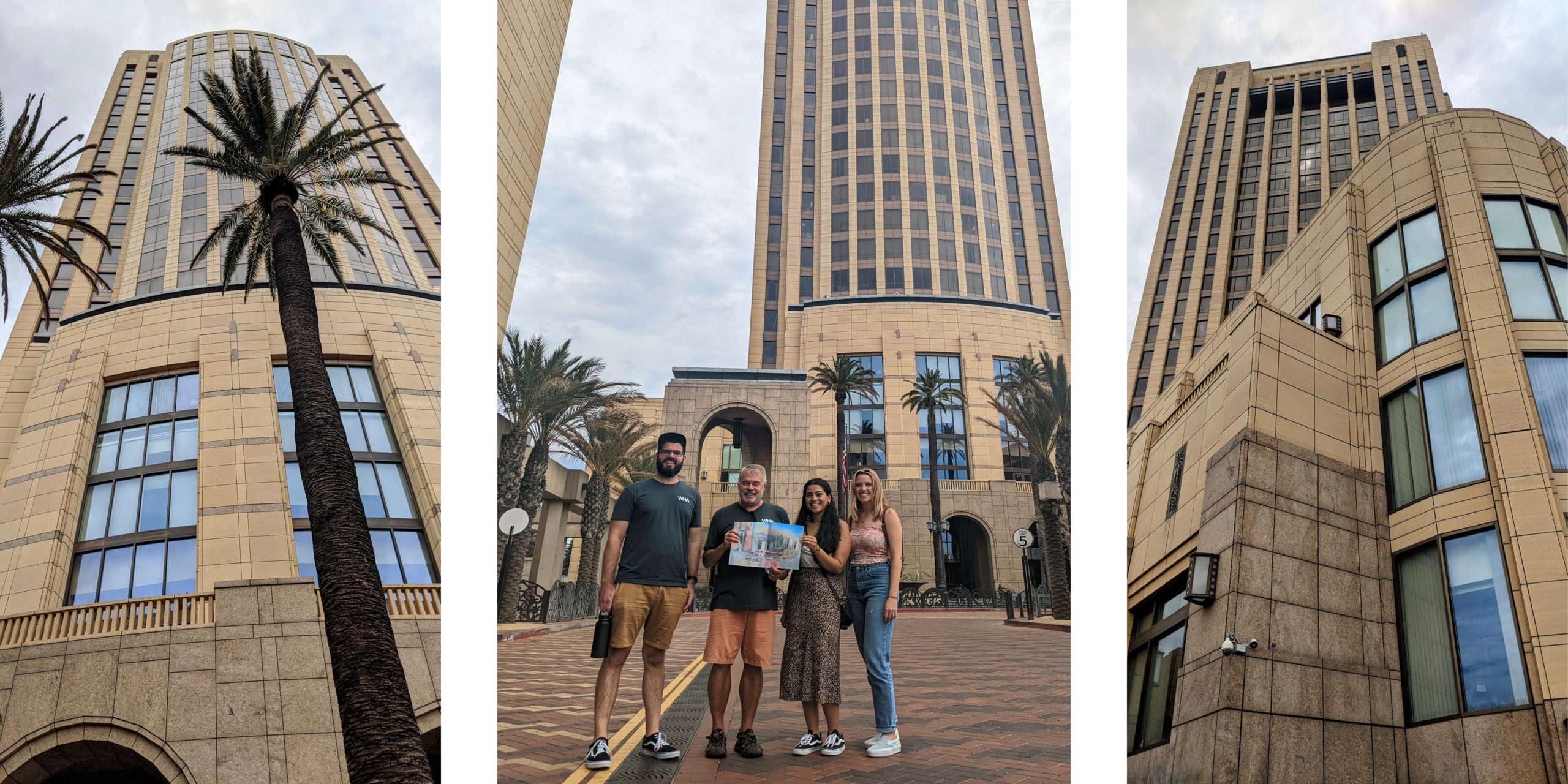
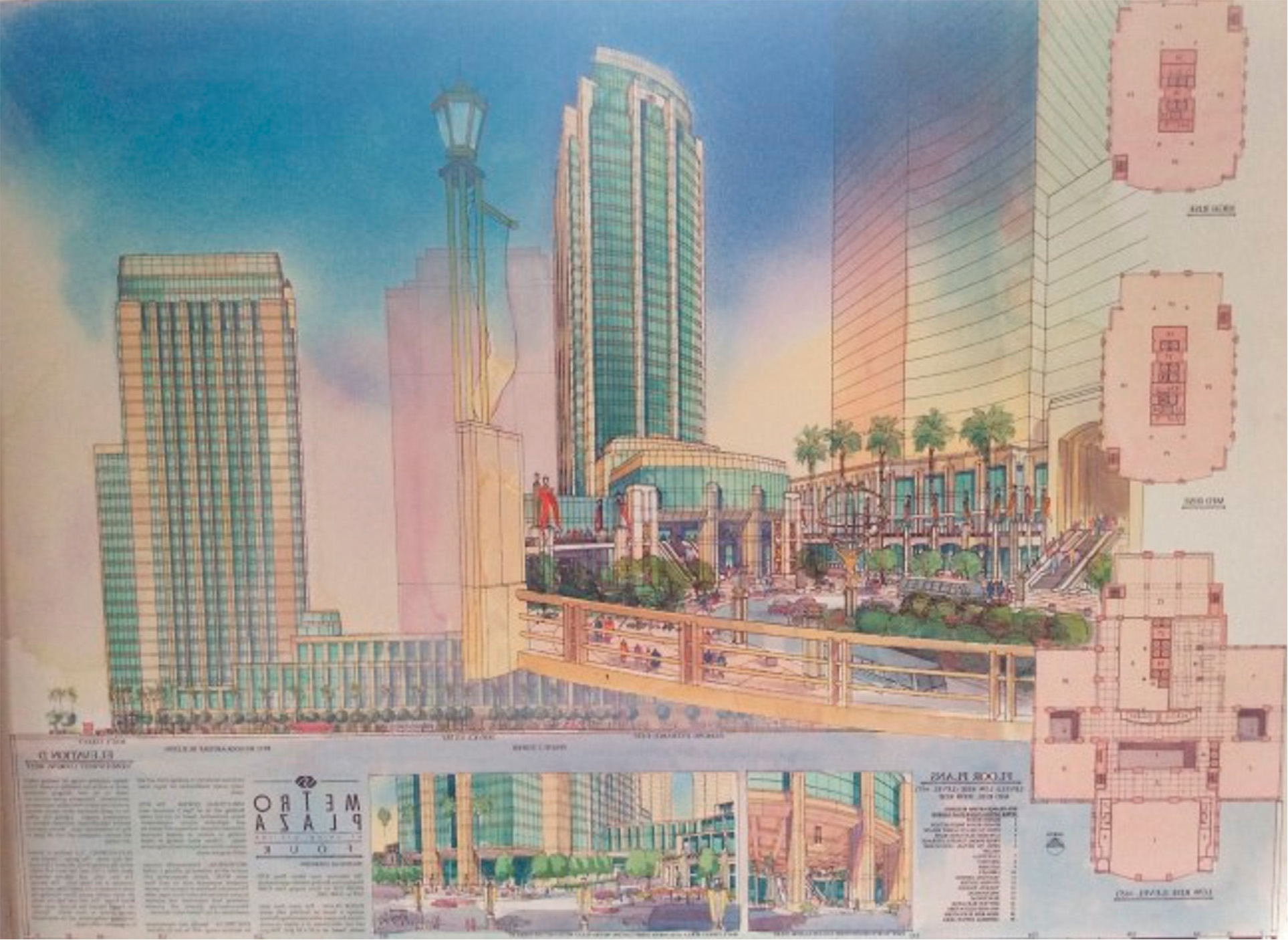
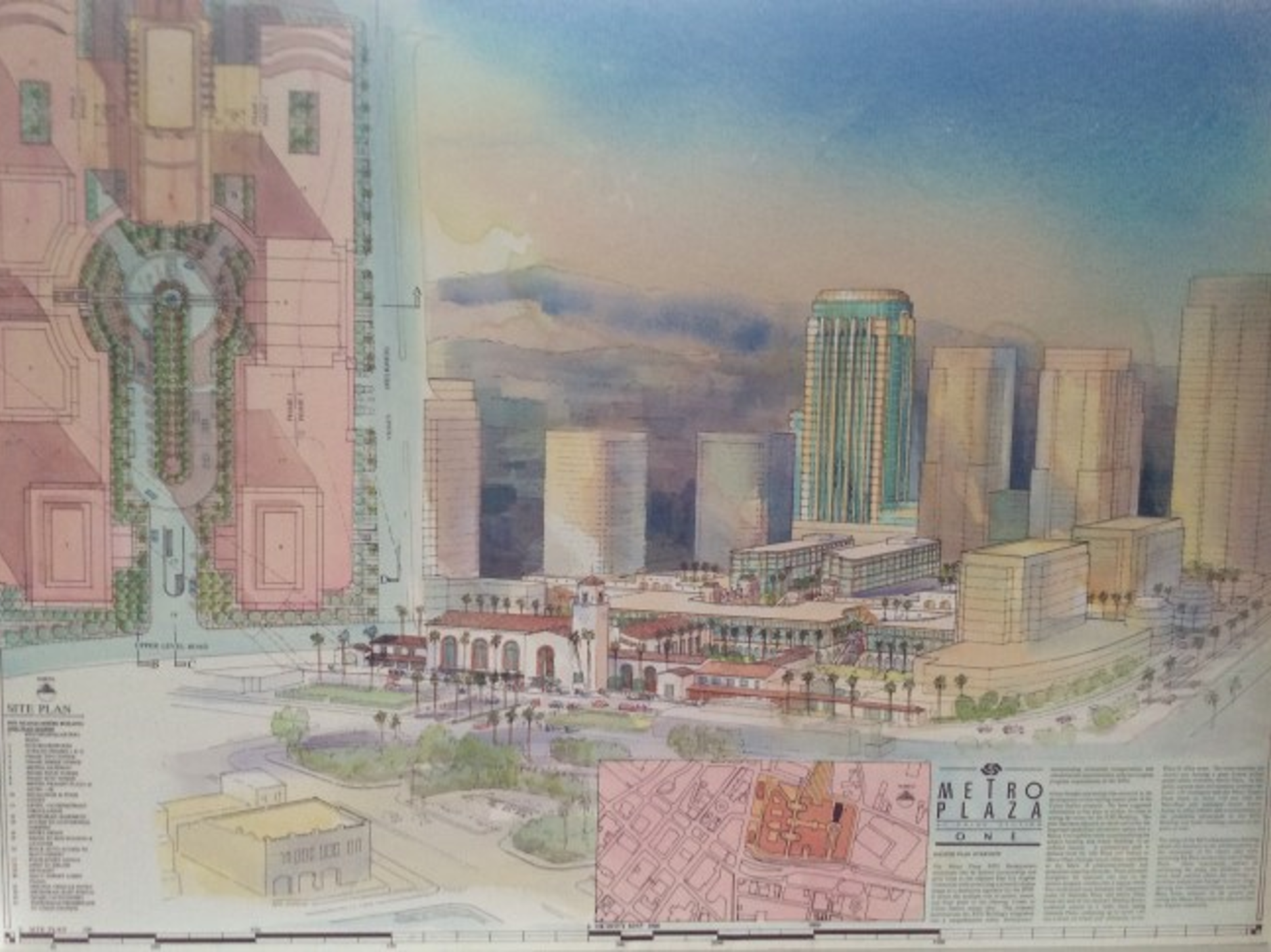
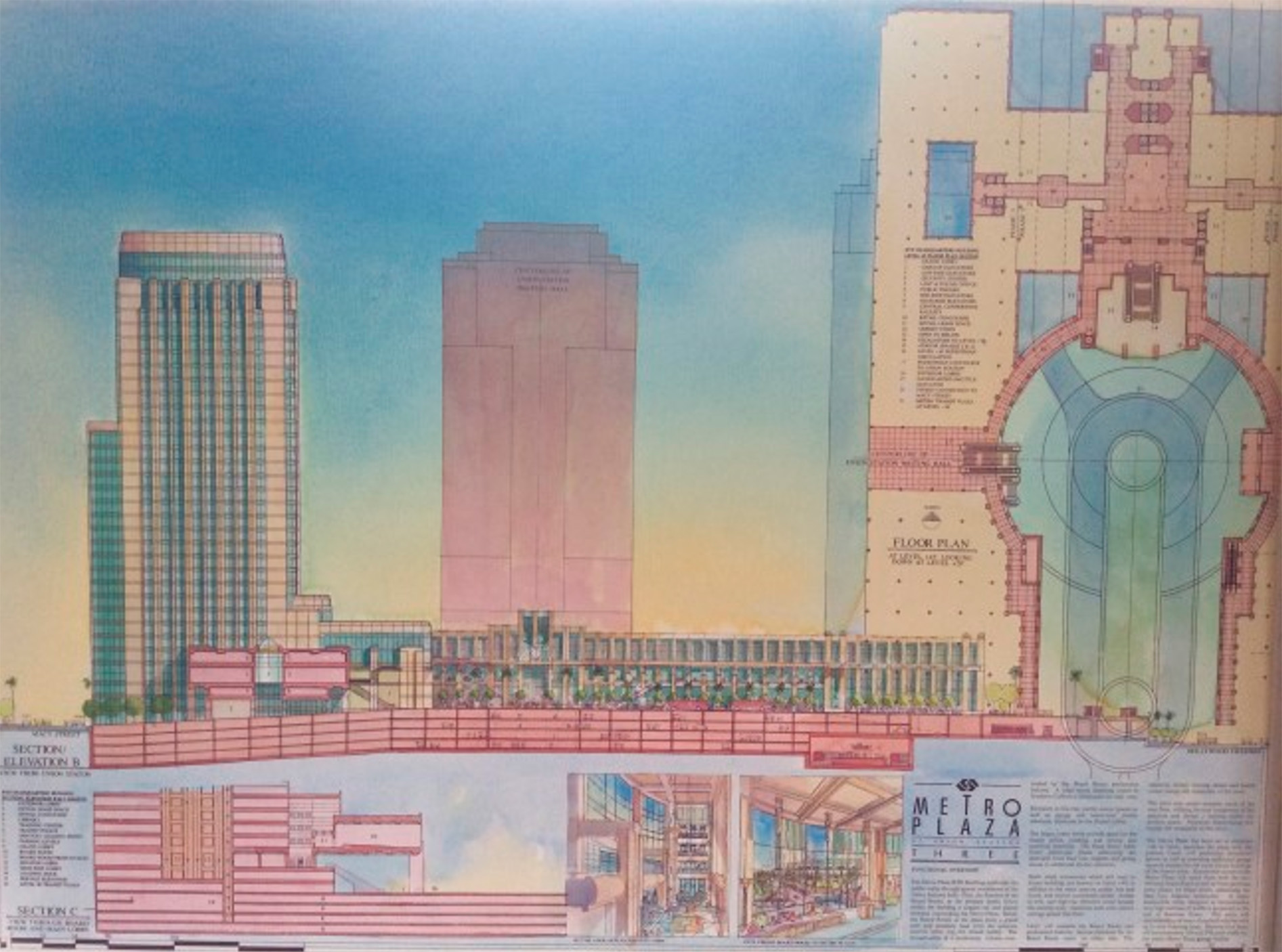
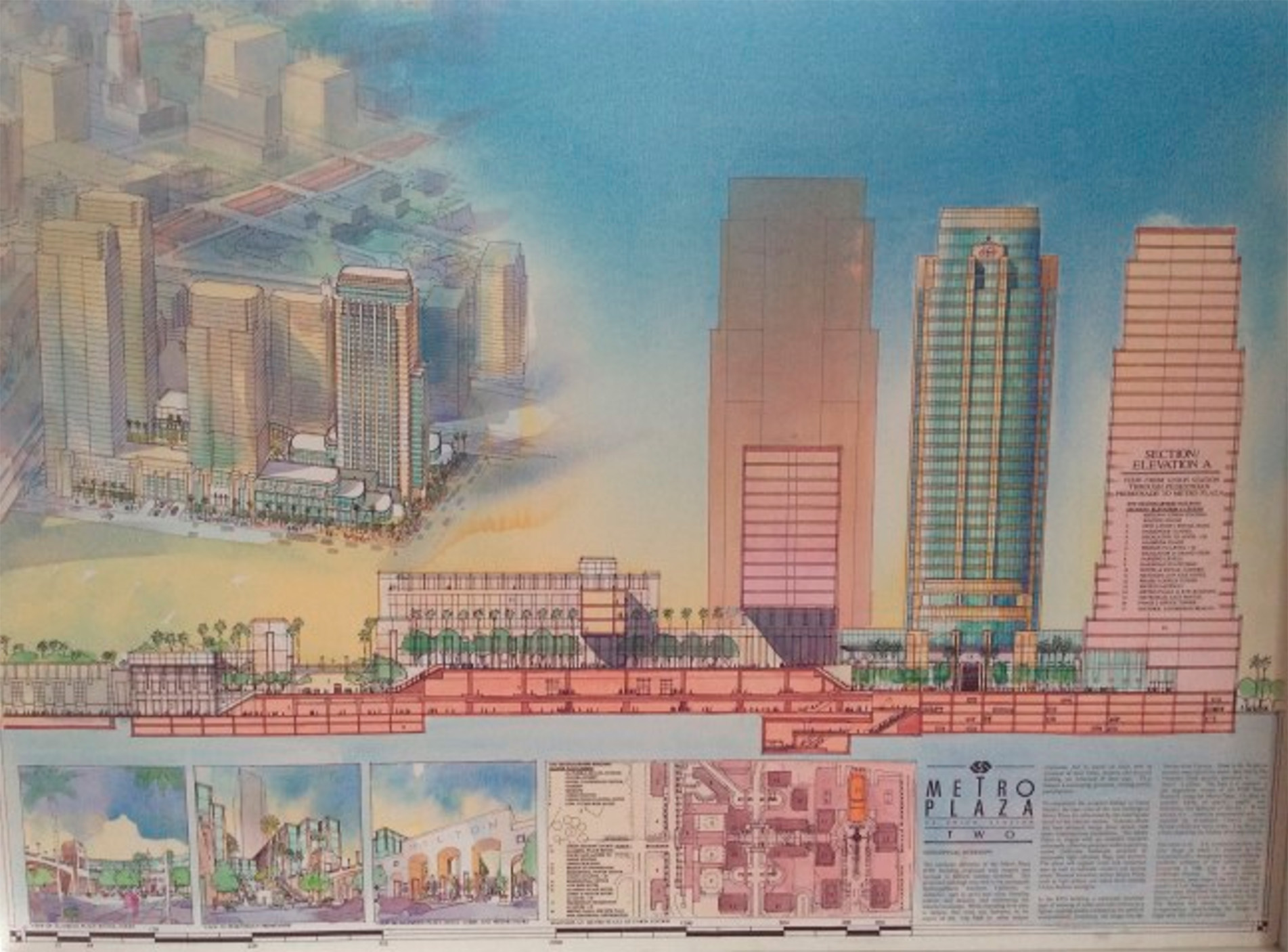
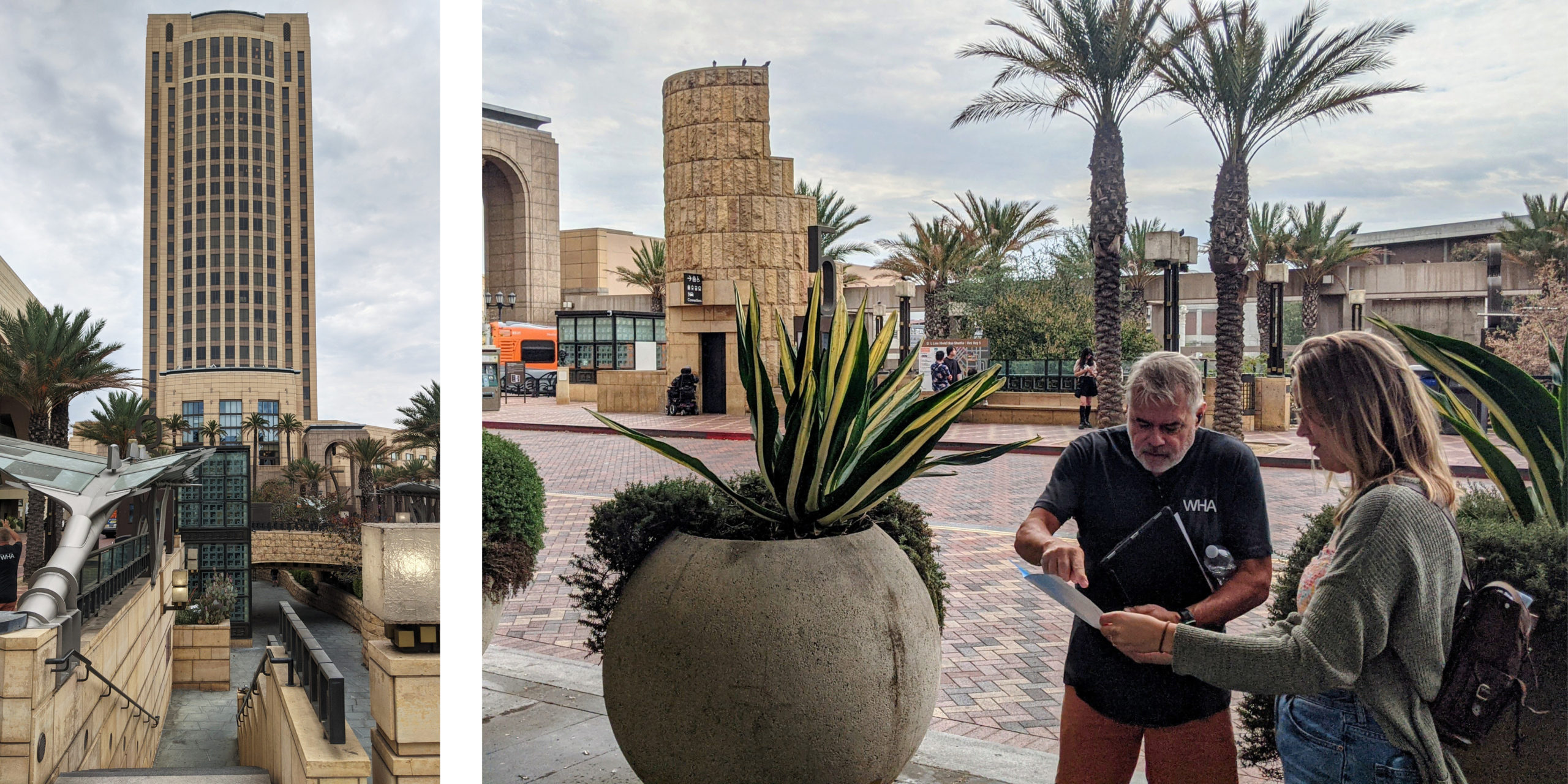
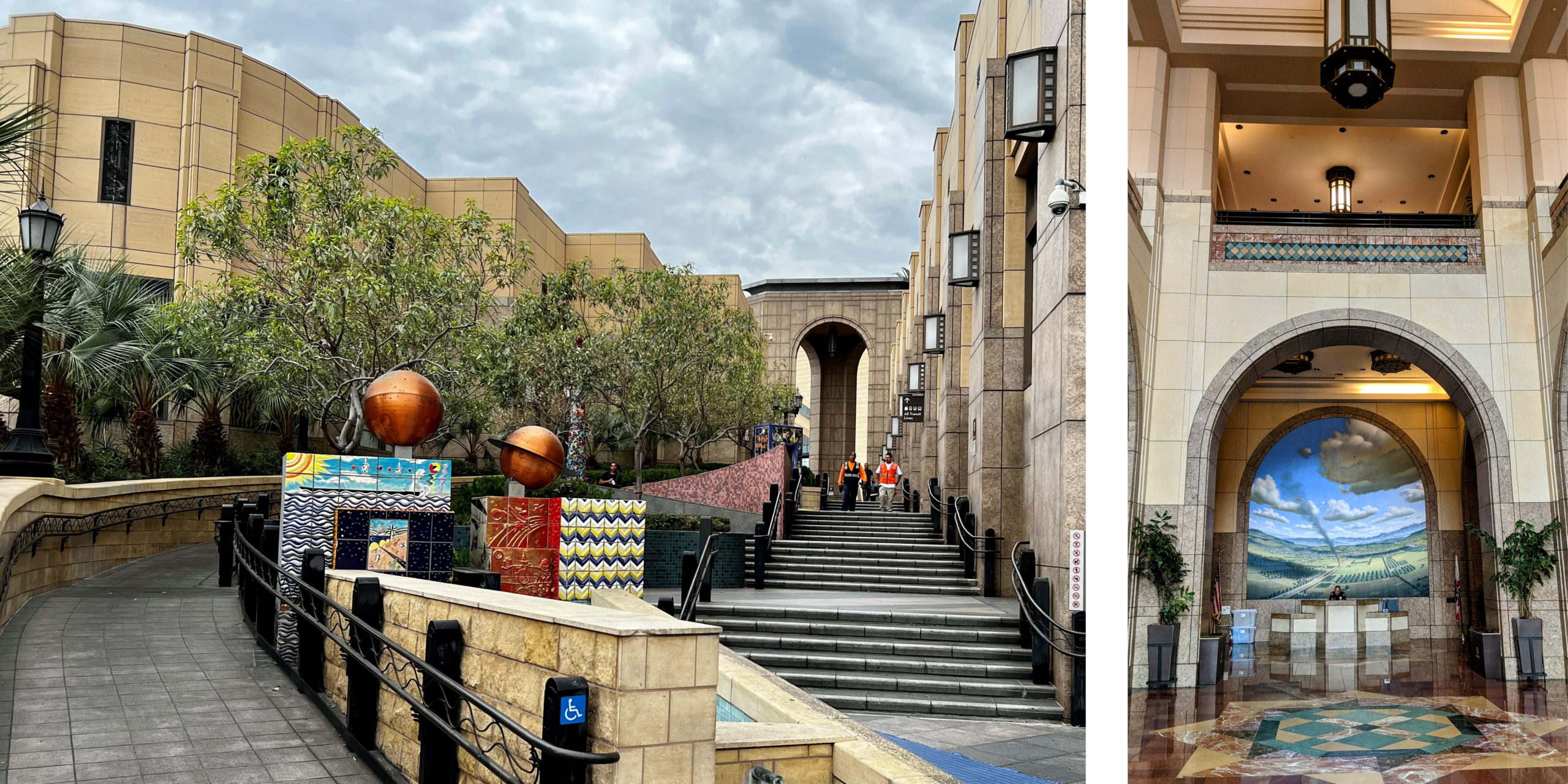
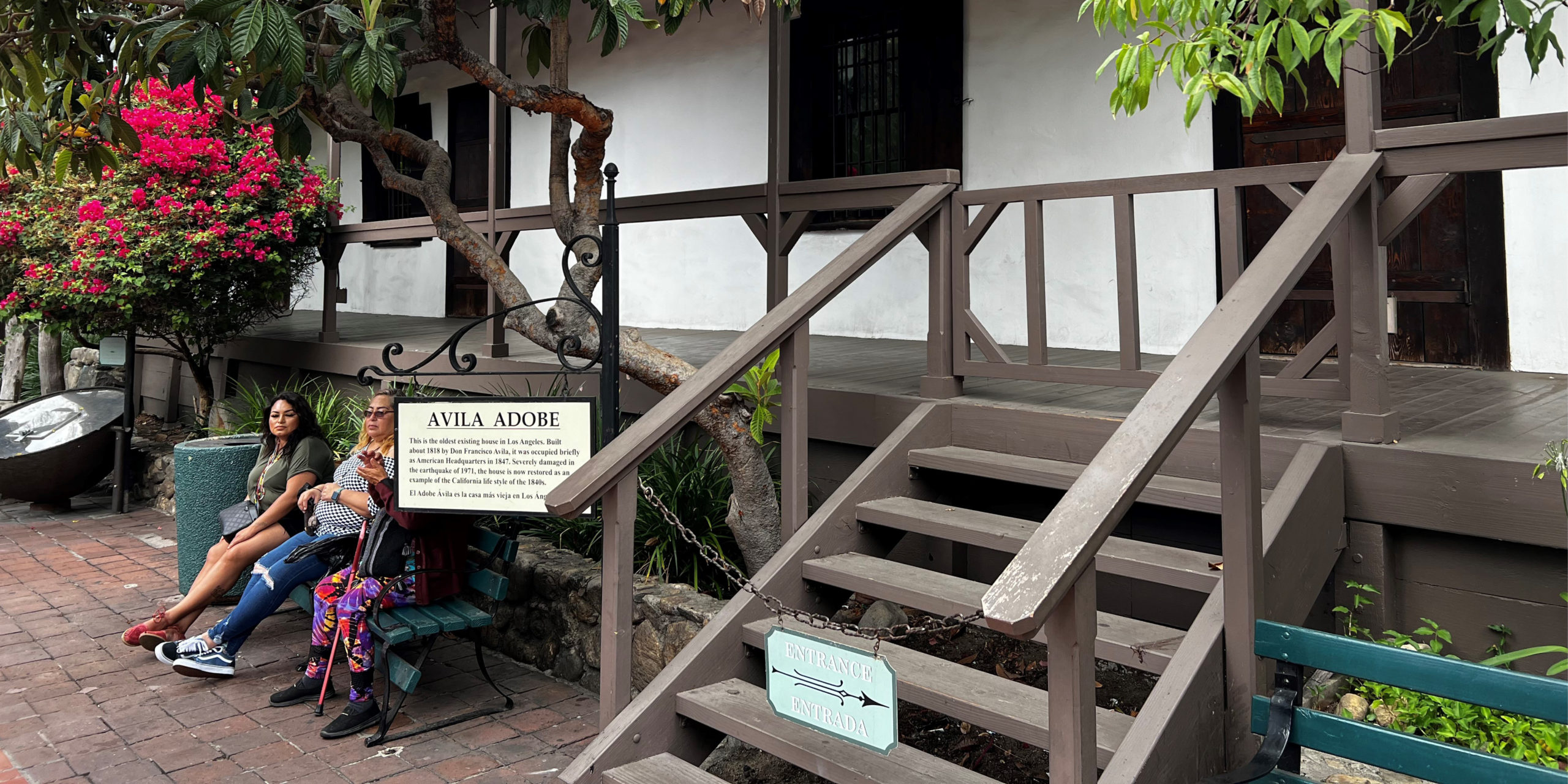
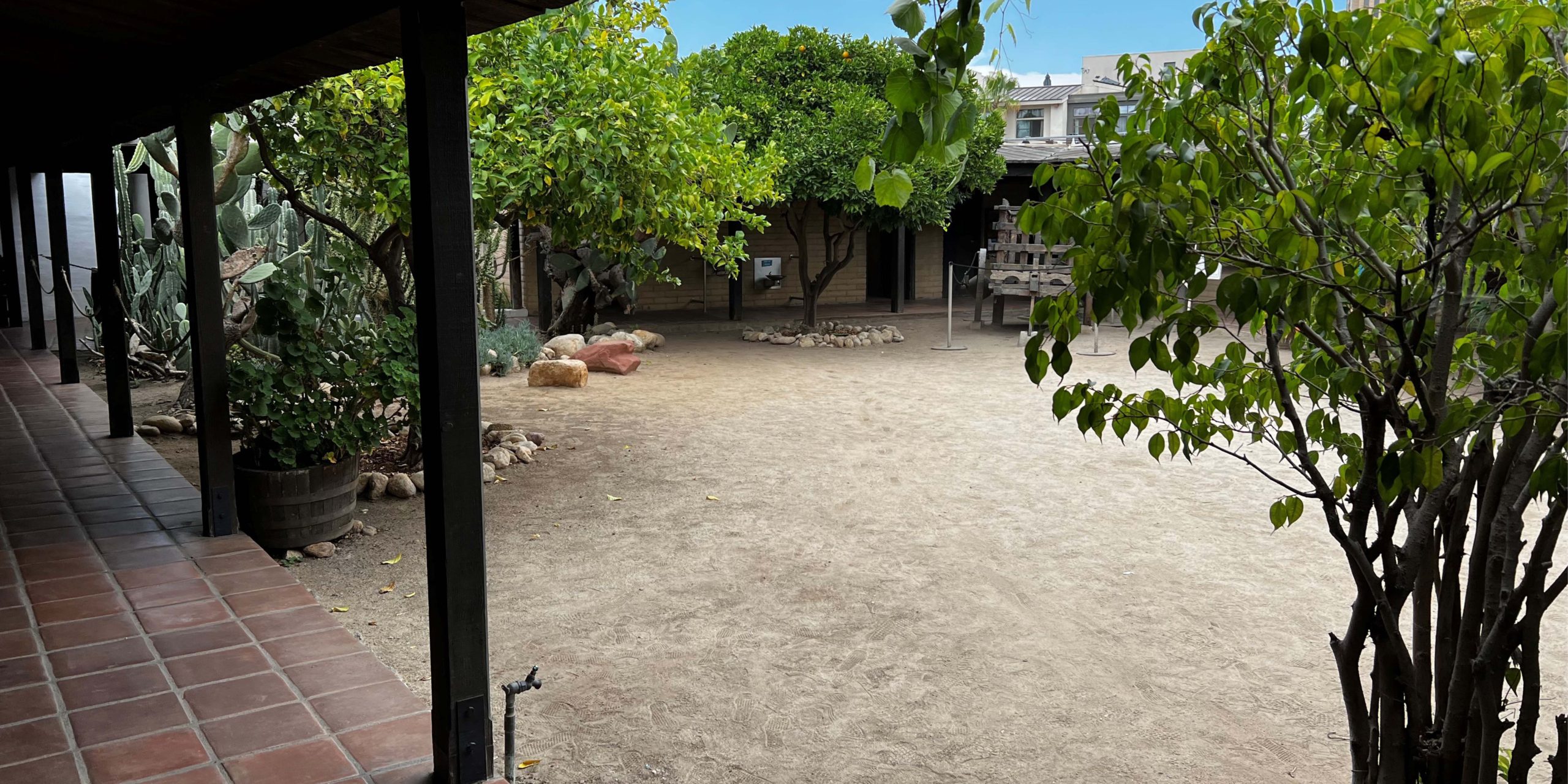
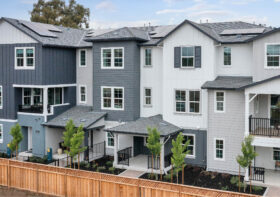
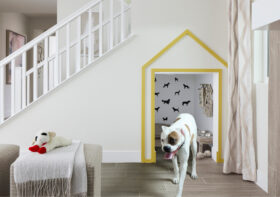
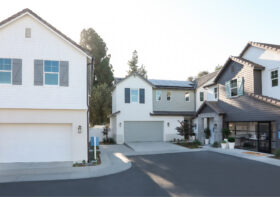
Leave a Reply